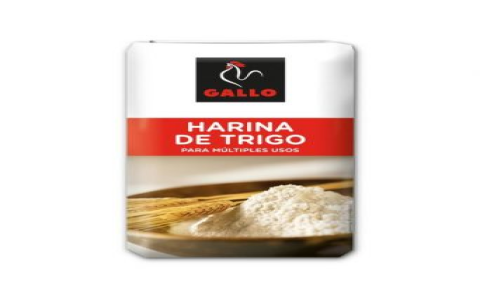Okay, so the other day I was trying to follow this amazing bread recipe, but it was all in Spanish. I came across “harina de trigo” and was like, “Huh, what’s that?” I mean, I know “harina” means flour, but the “de trigo” part threw me off.
First, I just typed “harina de trigo” into Google Translate. It spit out “wheat flour.” Okay, that makes sense, I thought. But then, I got a little paranoid. Was that all wheat flour? Was it, like, a special kind of wheat flour? You know how baking can be super picky about ingredients.

So, I dug a little deeper. I started searching for things like “harina de trigo vs all-purpose flour” and “types of wheat flour in Spanish.” I went through a bunch of baking blogs and forums. Some were in Spanish, which was a bit of a challenge, but Google Translate helped me muddle through.
My Investigation Steps
- Initial Translation: Used Google Translate to get the basic meaning of “harina de trigo.”
- Comparison Search: Searched for comparisons between “harina de trigo” and other flours, especially all-purpose.
- Reading up the related baking blogs: Read some articles and forum posts, and used Google Translate for help.
What I figured out is that “harina de trigo” is just a general term for wheat flour. And in most recipes, especially for things like bread, cakes, and cookies, it’s totally the same as all-purpose flour! There are other types of wheat flour, sure, like “harina de fuerza” (bread flour), which has more protein, but plain old “harina de trigo” is usually your standard, all-purpose stuff.
So, I went ahead and used all-purpose flour in my recipe, and guess what? The bread turned out awesome! It was a total success, no weird flour substitutions needed.













